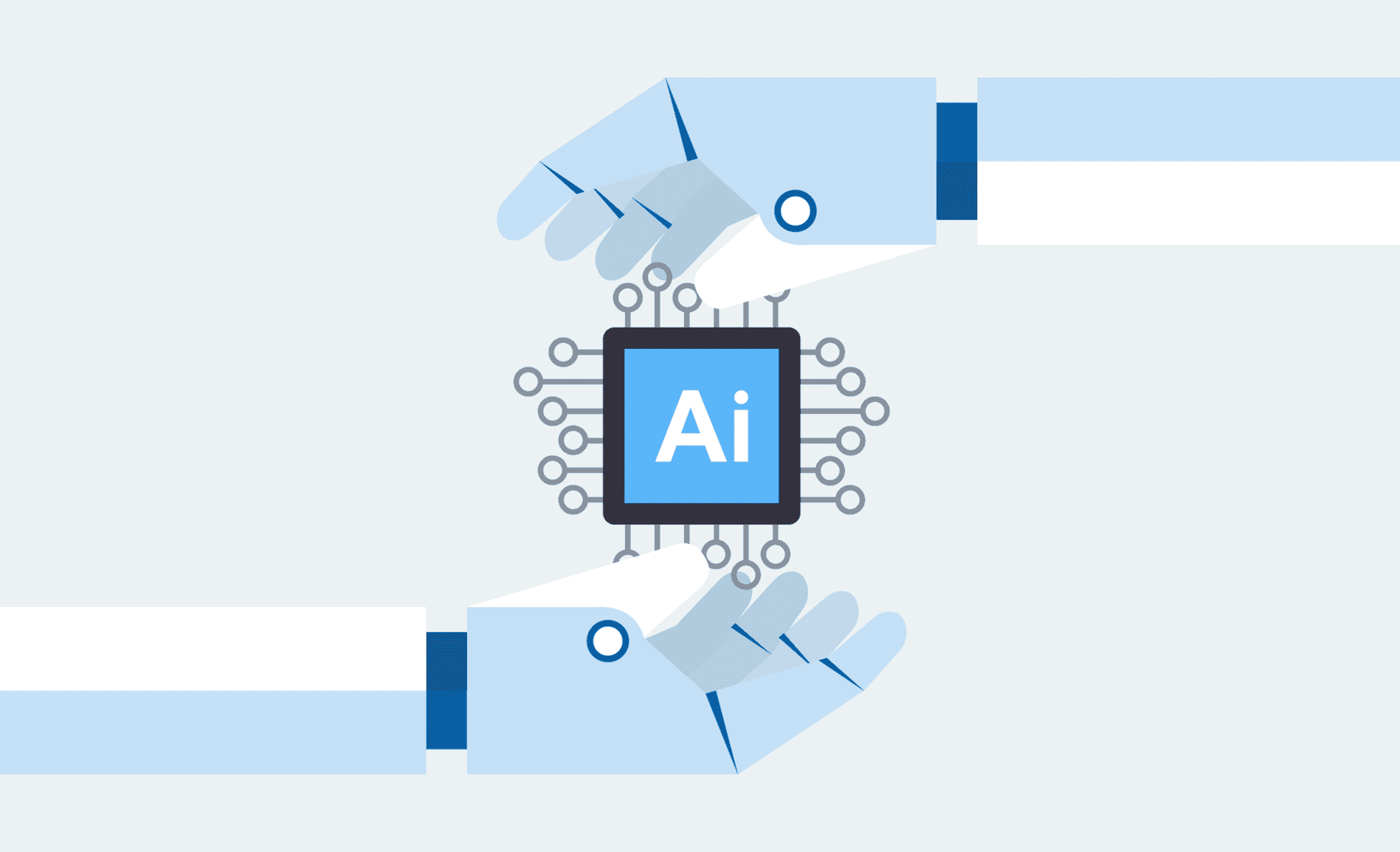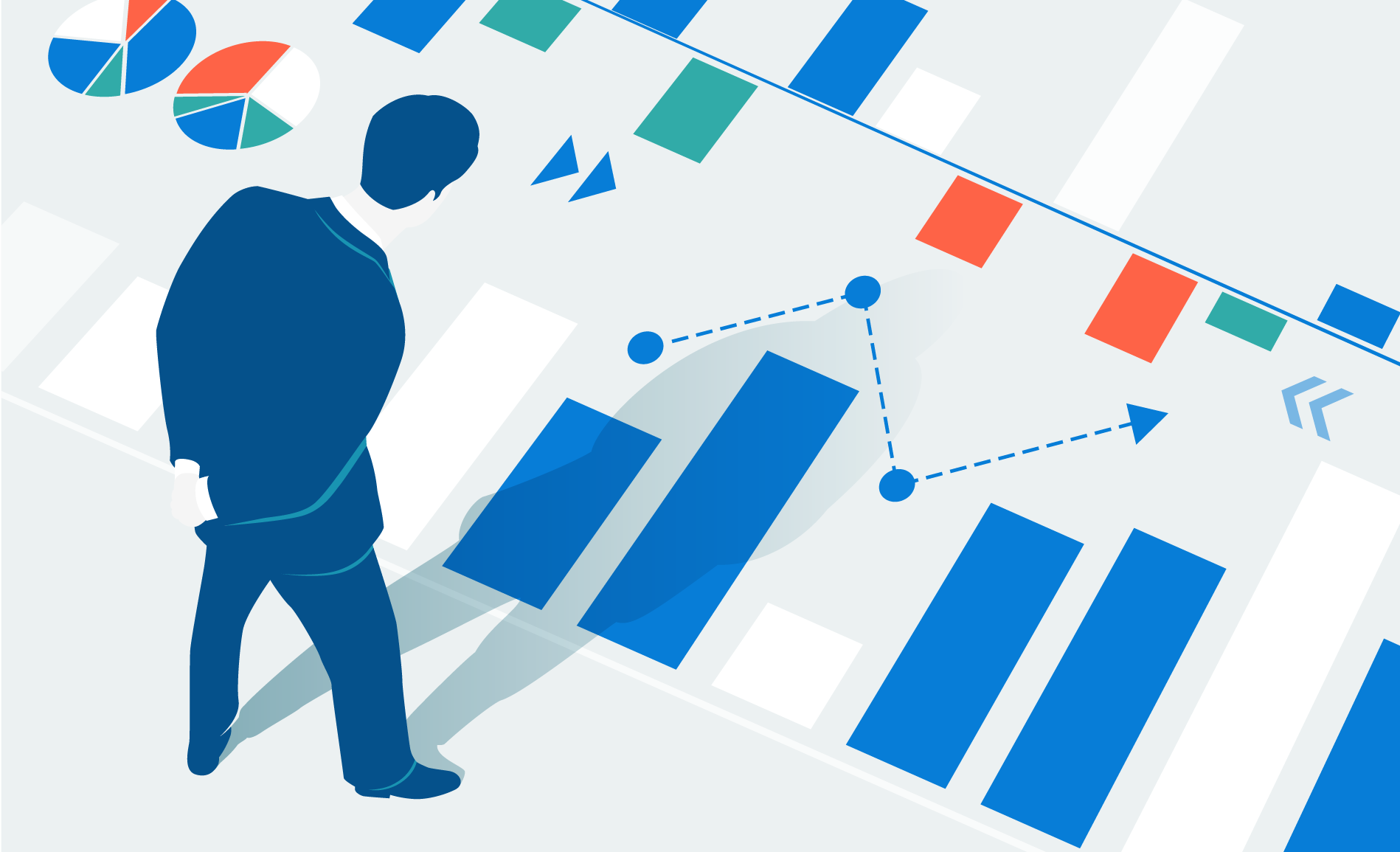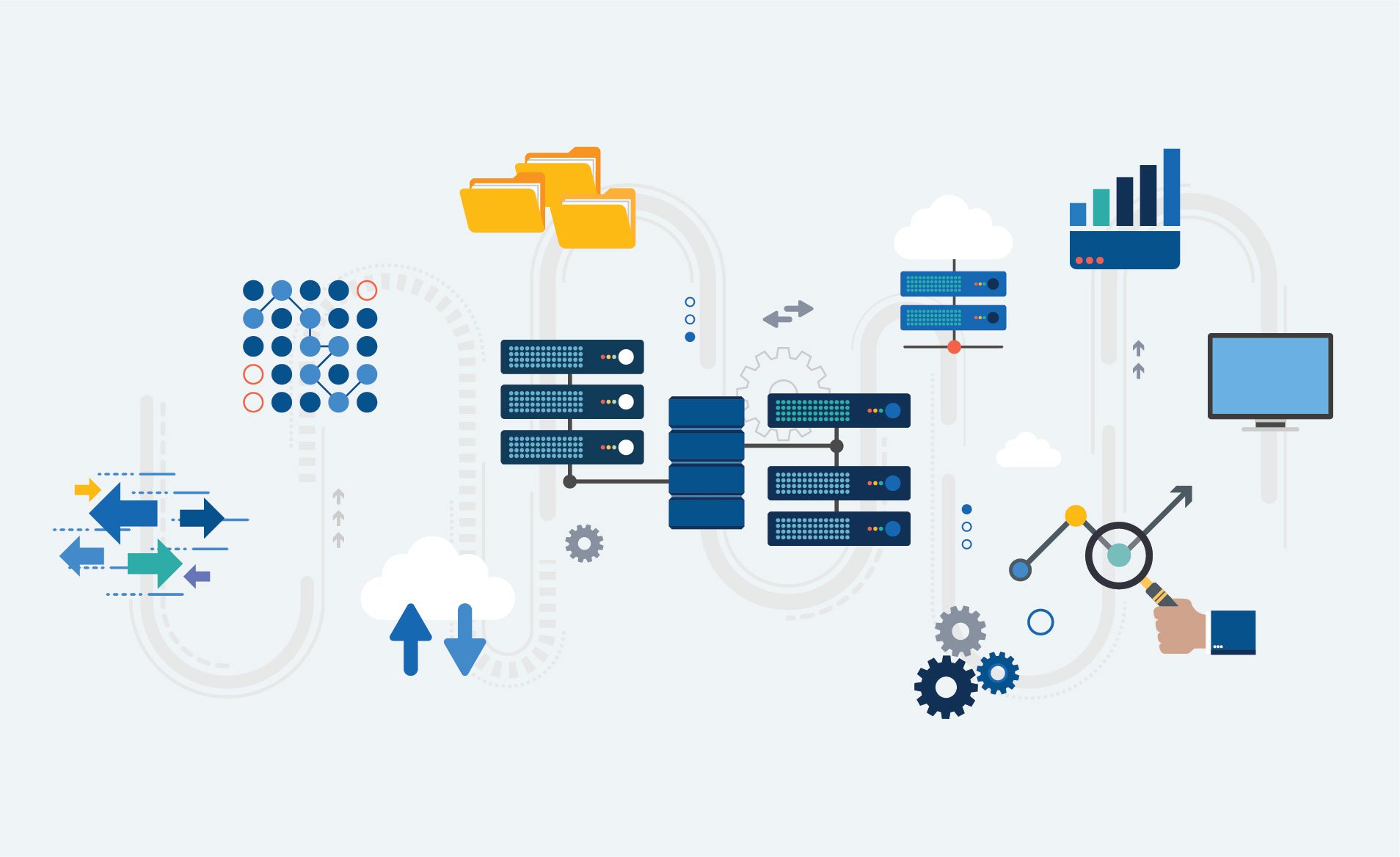Navigating the complex world of Business Intelligence (BI) can be daunting, especially when initiating a project. Whether you're establishing a BI checklist, seeking an ideal BI requirements gathering template, or simply striving to grasp the essence of BI requirements, our guide is here to pave the way. Dive deep with us as we untangle the intricacies of BI and equip you with the essential knowledge to fortify your BI journey. Below, our table of contents offers a roadmap to the insights awaiting you.
Table of contents:
❓ 4 Questions to Ask When Identifying Your Business Intelligence Requirements
👍 3 Methods to Gather Your Business Intelligences Requirements
There are five major steps on the BI journey roadmap:
1) Structure
2) Identify
3) Choose
4) Implement
5) Measure
Related:
Power BI, Your Business Intelligence Tool – Features & Benefits
Choosing Microsoft Business Intelligence (BI) tools for analysis and reporting
Ask These 4 Questions When Identifying Your Business Intelligence Requirements
Each department at your organization has different Business Intelligence requirements and needs. The following four questions can serve as guidelines when you gather your organization’s Business Intelligence requirements:
✅ Q1. What does your business need and want? (Business Assessment)
When you answer this question, consider the past, present, and the future. BI needs to address pains experienced in the past. BI needs to deliver on the current needs. More importantly, BI will scale out to cover future wants.
Related: Business Intelligence for Small Business – Big Data, Too Big to Ignore
✅ Q2. What is your current data suggesting? (Data Assessment)
Data discovery uncovers the data assets in your current environment. It helps you understand what data you have. It can also suggest data-driven requirements to BI.
✅ Q3. How to plan for a bright future? (Technology Assessment)
Technology capability planning allows architects and other visionaries to envision the future and retrospectively plan for a BI solution that leads you there.
✅ Q4. How to make your end users engage more with BI? (User Group Assessment)
Profiling users into user groups can help visualize their consumption and usage patterns. In addition, it ensures a single BI solution is selected to suit the needs of the different groups of customers.
Results: Asking the questions above will help you find the following results:
📊 Address business, data, technical, and usage needs.
⚙️ Address current and future needs. You will be able to take advantage of the “land and expand” approach.
🕐 Save time by gathering these requirements only once. The requirements package will be used in both the selection phase, as well as in the implementation phase.
The Technology Roadmap Lite for CEOs
The Technology Roadmap Lite for CEOs is a brainstorming session we designed specifically for C-suite executives. See the demo below and book a complimentary consultation here.
3 Methods to Gather Your Business Intelligences Requirements
During the process of gathering your Business Intelligence requirements, you should consider the following three methods.
1. Pain Method (Covers the past)
- Mentality: Users are currently experiencing pains related to information needs.
- How it works: Vent the pains. Let the end users vent out their information pains, and ask them how they can be relieved. Business Analytics can also convert their pains into requirements.
- Limitations: Users are limited by the current situation.
-
2. Need Method (Covers the present)
- Mentality: I need XYZ to perform my job. XYZ is a must-have and I can’t live without it.
- How it works: Ask the following questions. “What information and information artifacts do you need to perform your functions? What if those pieces are taken away?”
- Limitations: Requirements generated from the need mode tend to be very operational in nature. They do not provide out-of-the-box thinking.
-
3. Dream Method (Nice to have; covers future needs)
- Mentality: Let users’ imaginations go wild. The sky is the limit.
- How it works: Ask users to dream of the ideal future state and how analytics can support their dreams.
- Limitations: Not all dreams can be fulfilled. Constraints may prevent the dreams from becoming reality.
Perform Data Discovery
As you gather your organization’s Business Intelligence requirements, you will realize a large amount of data is already available and it has a story to tell. It is helpful to get to know your data and understand the gaps and opportunities. This will help leverage the opportunities in the select and implement BI project and spin off side projects to fix some of your current data issues. Data discovery can be broken down into data inventory and data quality.
Data Quality Assessment
- What: Data quality assessment is a test that helps organizations uncover data quality issues in terms of incorrect data, incomplete data, duplicated data, and stale data.
- Why: BI success depends on good quality data. Uncovering data quality at an early stage allows you to fix some of the issues before implementing the tool.
Data Inventory
- What: Data inventory is an inventory documentation of your key data assets.
- Why: Many organizations have a complicated data landscape. Creating a data inventory helps IT to understand what data assets are out there. Knowing the data assets in turn helps the BI project to identify requirements in terms of gaps and opportunities.
Here are our 2 helpful tips for you!
Are you ready to gather your Business Intelligence requirements? Before you get started, here are two last tips from us:
1. Focus on your business needs
Don’t focus on what the tool will look like at the beginning. Instead, focus on what your business needs BI to do and the analytics it must be able to support. Don’t use these opportunities to create a long list of requirements; instead, use them to understand the motivations and functional uses; requirements will come naturally after that.
2. Ask the right questions
In some situations, your executive team might not have all the answers right away. Help them to focus their thoughts by asking good questions. Since you might not be able to gather all the requirements you need in a single session, give your executive team some time to think through the questions and schedule a follow up meeting to gather the results.
Stay up to date with ProServeIT! 📨
Our monthly newsletter has all that as well as insightful information on relevant technology, webinars and workshops. Make sure to sign up now for your dose of tech knowledge delivered straight to your inbox!
Let's map your BI journey together!
Business Intelligence is no longer a luxury or niche. Organizations of every size and across all industries are taking advantage of the benefits of BI, and, to succeed, your organization will need to follow suit. But having an appetite for BI doesn’t necessarily mean that the initiative will be an automatic success.
ProServeIT’s team of BI experts will be happy to assist you, providing consulting and performing a complimentary live demo of Power BI for you and your team. Contact us to start your journey today.
 Learn how this manufacturing automated their reporting process to keep their data and decision makes up-to-date
Learn how this manufacturing automated their reporting process to keep their data and decision makes up-to-date
The manufacturer was fed up with the manual reporting processes they had in place – they were doing a lot of copy-paste from files into Excel, and then manually modifying stuff in Excel.


